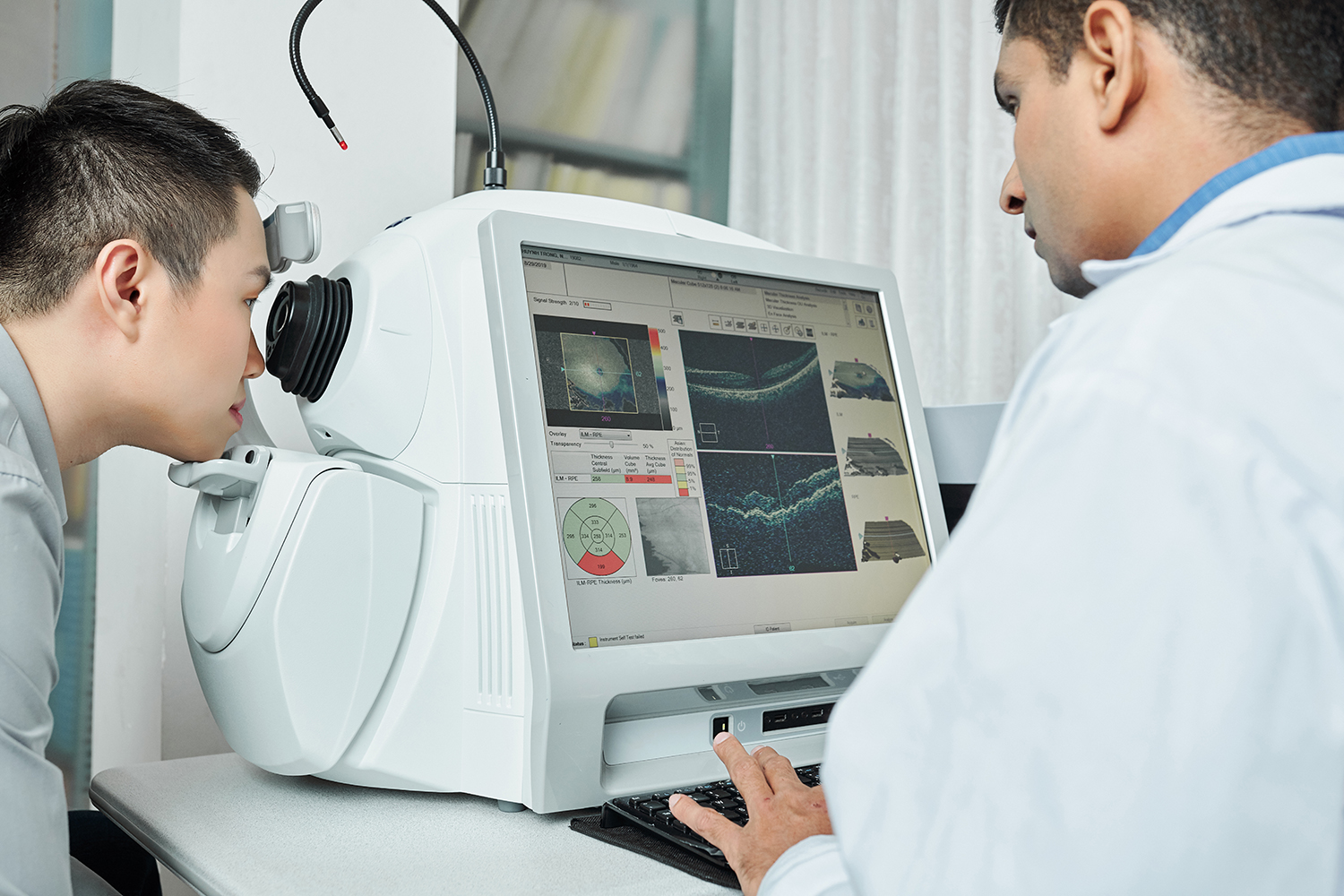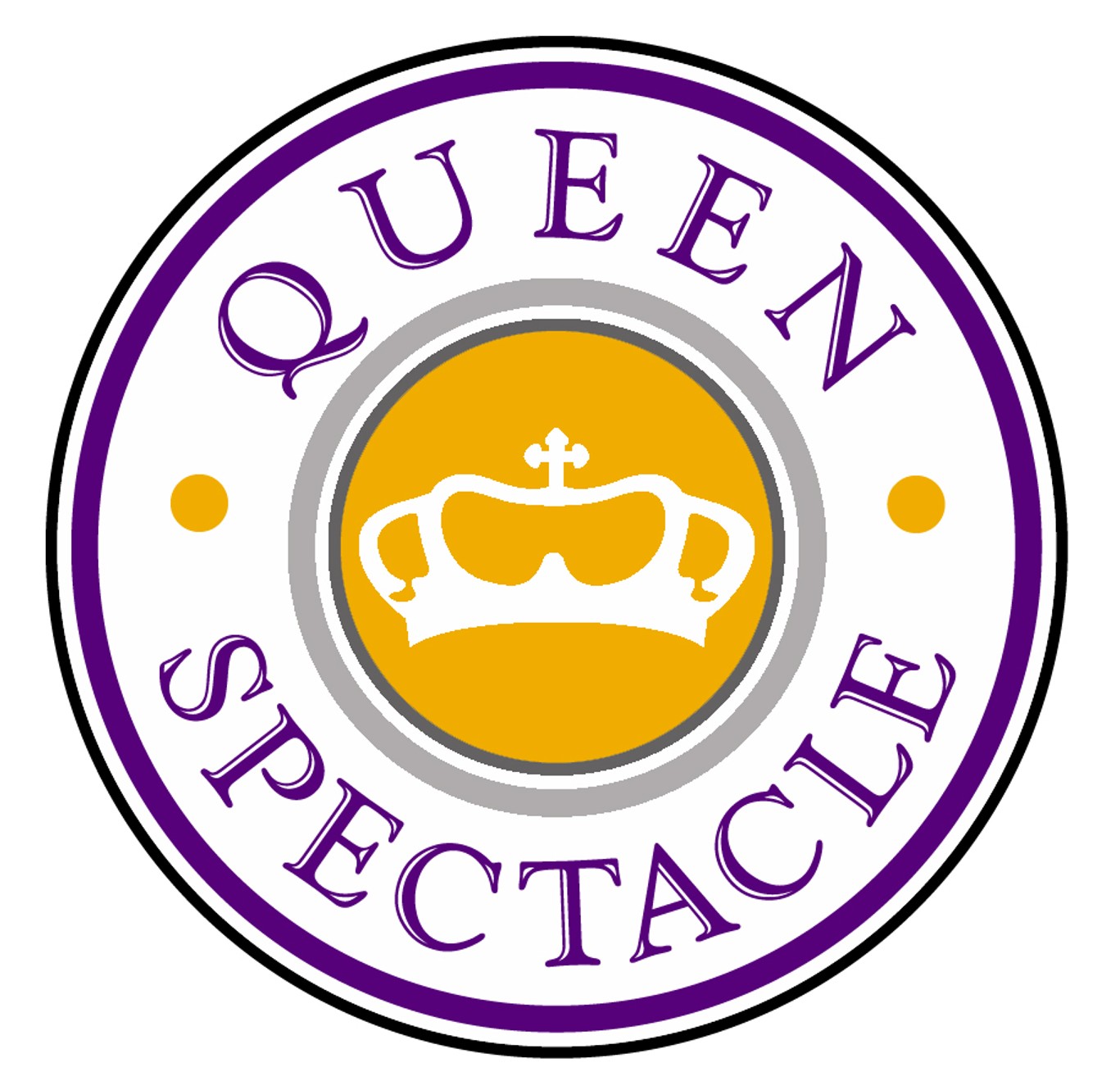
By: Dr. Marina Ceaus, O.D.
Regular eye exams are a critical part of our routine health care check ups. We often think that the most important part of an eye exam is the prescription check. While this is indeed important, it should not be the sole purpose of your eye exam, nor should it be the only thing your Optometrist checks.
A comprehensive eye exam should include multiple tests. The College of Optometrists, who regulate the profession, indicate that a comprehensive eye exam should include a test of your acuity, your binocular vision status, your pupils, your glasses prescription, your intraocular pressure and your ocular health status. All of these elements are important to rule out any ocular disease.
An acuity test is a test to see how well you are seeing. This is the 20/20 measurements that we all think about and is a baseline of what you see with your current glasses or without any correction. 20/20 indicates that you can see a standard sized letter from 20 feet away and you have “normal” or “good” vision.
Next your optometrist is going to check if your eyes can team together properly, this is called your binocular vision status. Problems here can lead to a lazy eye, double vision, headaches or even subtle symptoms like tearing and eye strain. Your glasses prescription can make it easier or more difficult for you to team your eyes together. As well, a new change in your binocular vision status can indicate a deeper neurological problem. After this your optometrist will check your pupils, another function of your neurological status.
In the middle of the exam comes the most familiar part, your prescription check. Patients often get worried that they are not making the correct choice, but it is important to know that there is no correct or incorrect answer. Your answer guides your prescription, and when we are really close to the final numbers the differences will be very minimal and it is ok to say that both options look the same.
The second half of the eye exam involves your ocular health check. It starts with a measurement of your intraocular pressures. This screens for a condition called glaucoma, that often causes loss of vision that is not noticeable until very severe. At this time your Optometrist should talk to you about having a dilated fundus exam. A drop is placed in the eye to make your pupils big, allowing your Optometrist to look at the retina, the optic nerve, the macula and the blood vessels inside of your eye. Only a dilated exam will allow for a comprehensive look at those structures, and it should not be replaced with imaging. The back of your eye can tell us if you have diabetes, high blood pressure, brain tumours or even multiple sclerosis, among hundreds of other conditions. In fact, it is the only part of the human body where we can see your blood vessels directly allowing us to screen for many systemic conditions.
If your regular eye exams involve only a prescription check, know that you are missing out on 80% of a comprehensive eye exam. Most ocular conditions do not have any symptoms in the early stages, but cannot be treated in the later stages. Make sure you are getting a comprehensive eye exam each time you see your local Optometrist.
Dr. Marina Ceaus is an Optometrist practising in Streetsville. She provides comprehensive eye exams, pediatric eye exams, infant eye exams, and vision therapy. You can book an appointment with her through her website www.drceausoptometry.com.
